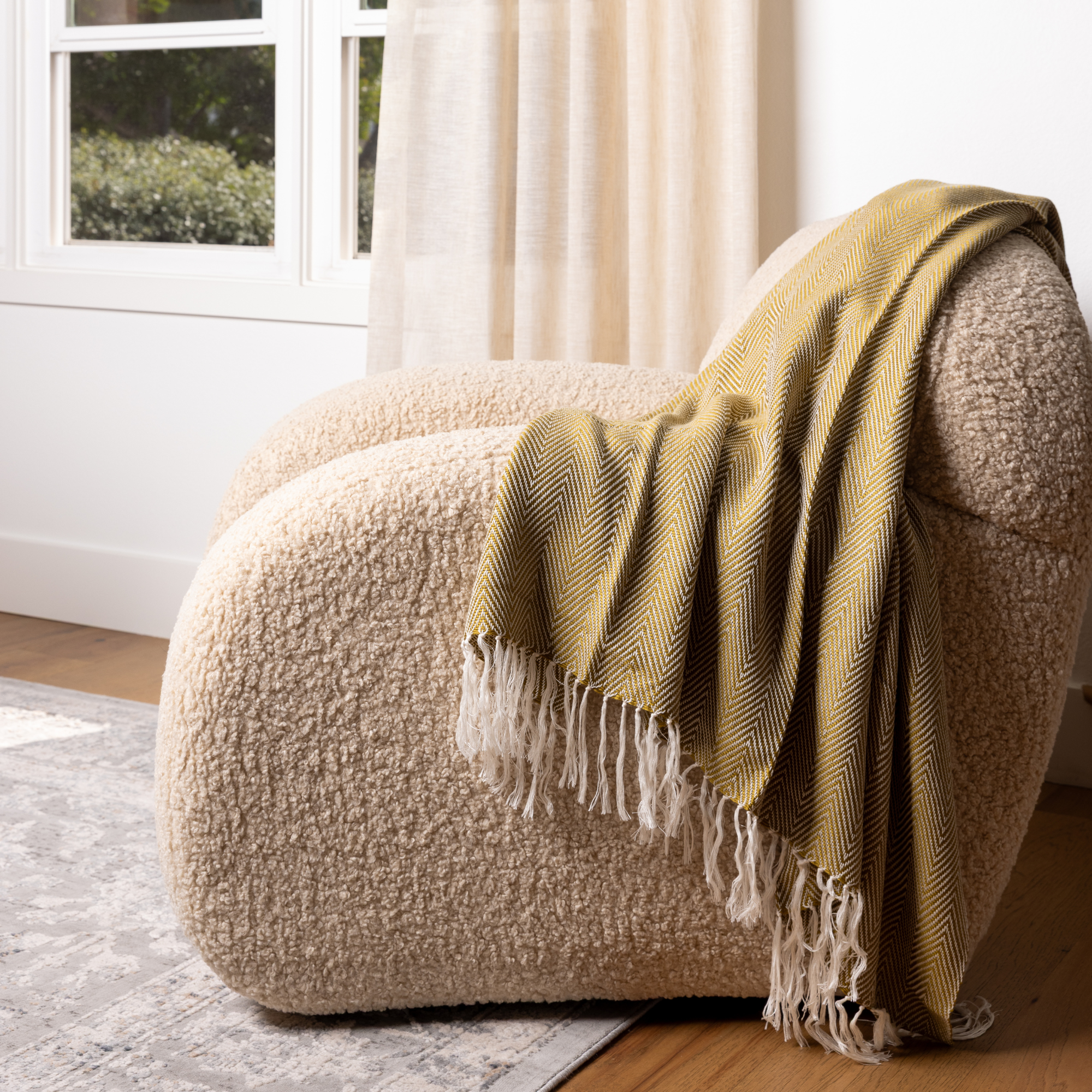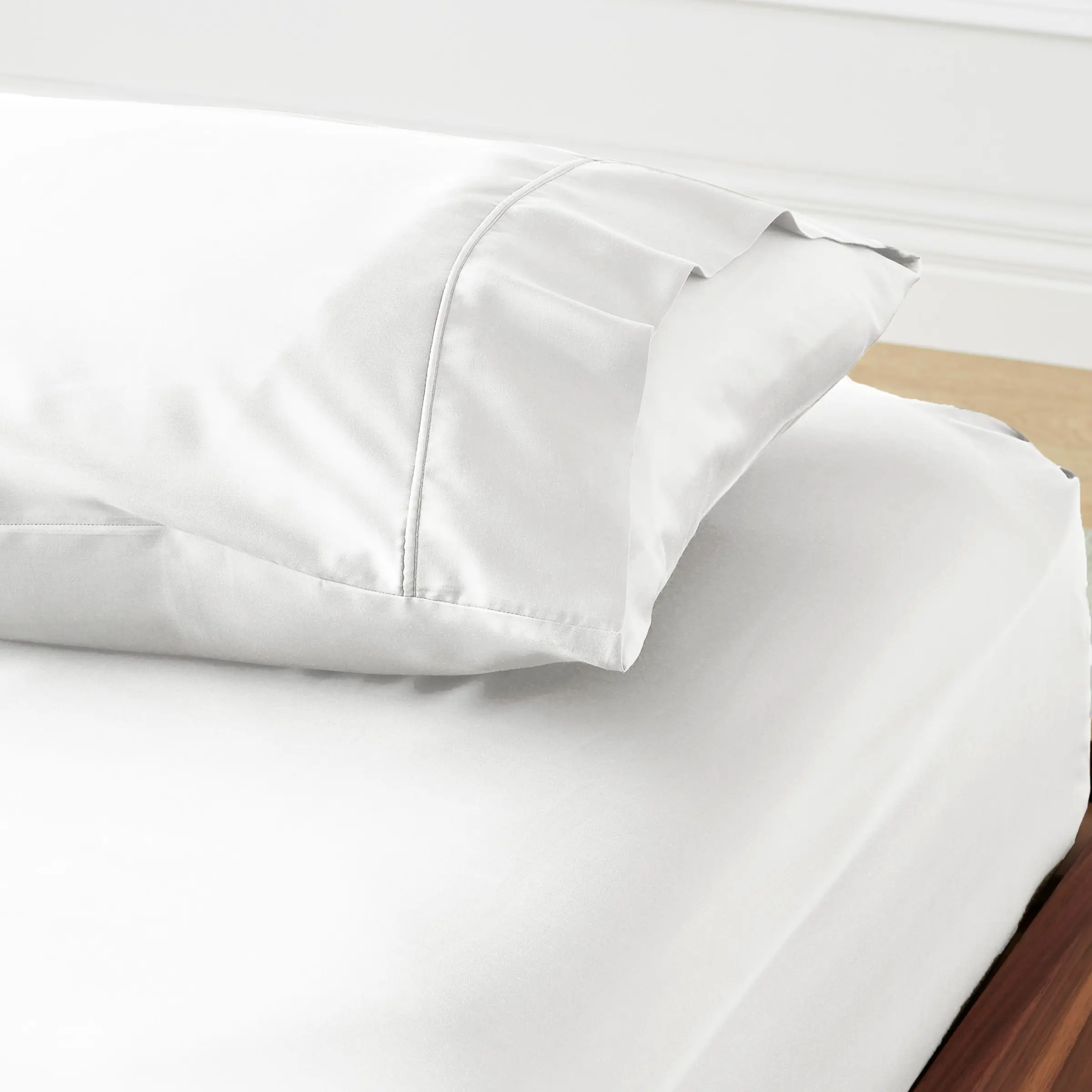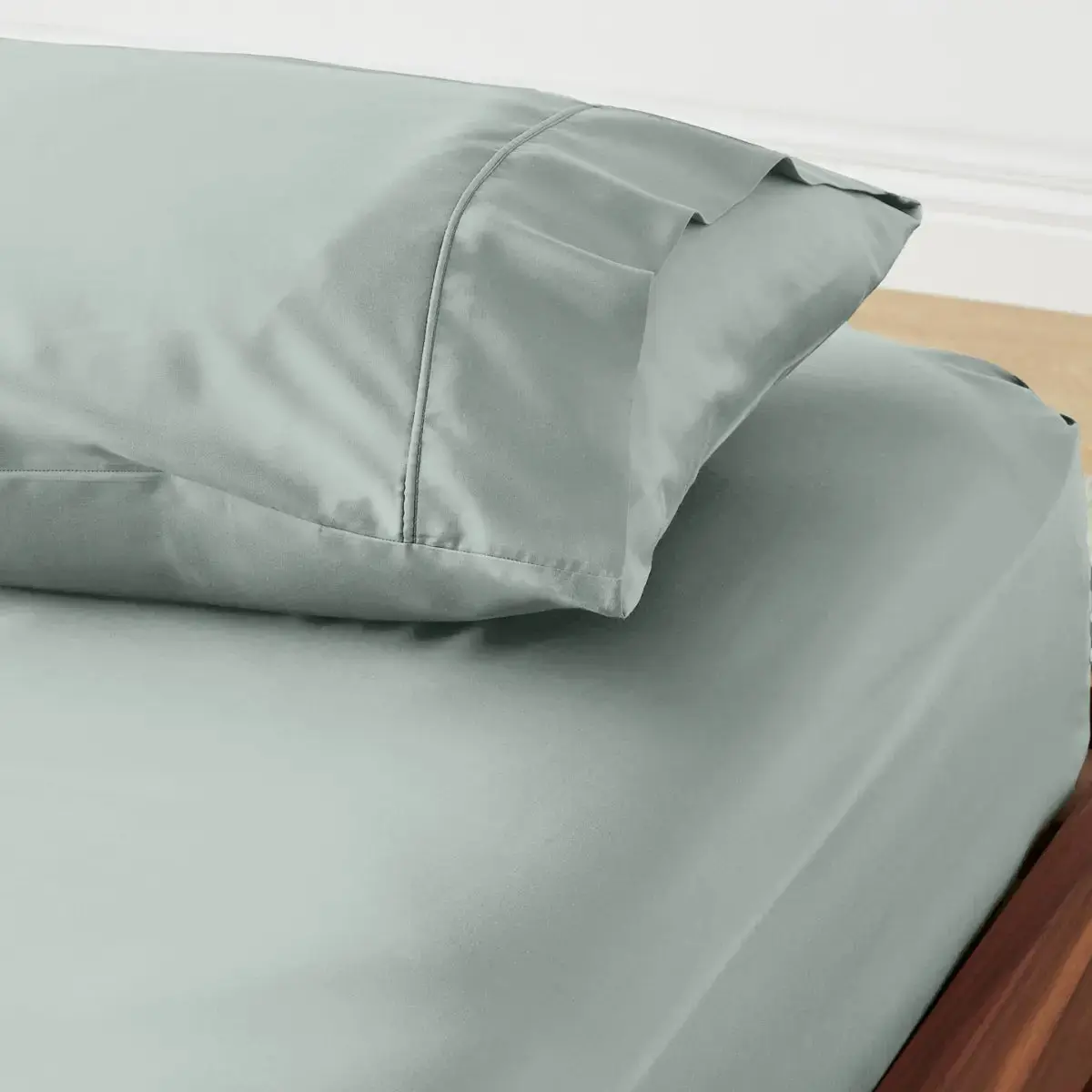Enhance Your Sleep

A mattress protector is an often-overlooked bedding essential that is essential for preserving the cleanliness and longevity of your mattress. While it closely resembles a fitted sheet in both appearance and application, its primary function extends well beyond basic coverage. A mattress protector shields your mattress from dust, spills, microbes, and stains, offering a level of protection that far surpasses that of a standard fitted sheet. This enhanced defense is due to its thicker, denser construction.
For households with young children, pets, or those who enjoy snacks and drinks in bed, a mattress protector becomes indispensable. It serves as a reliable barrier against everyday mishaps, helping preserve the integrity and comfort of your mattress.
Washing Guidelines
As the first line of defense for your mattress, the protector absorbs everything from food spills to perspiration. Proper care is essential:
- Check the Care Label: Always consult the manufacturer’s instructions before washing.
- Machine Washable: If suitable for machine washing, use a gentle detergent and a delicate wash setting.
- Avoid Harsh Additives: Unless specified, do not use bleach or fabric softener, as they might ruin the fabric.
Drying Tips
After washing, your mattress protector may lose its shape. Gently stretch it back to its original form before drying.
- Air Drying: Whenever possible, air dry your protector on a clothesline. Sunlight naturally disinfects and helps eliminate mildew.
- Machine Drying: If air drying is not possible, and the care instructions permit, tumble dry on a low setting. Make sure it is completely dry before storing to prevent the growth of mildew or microbes.
Storing Your Mattress Protector
Mattress protectors can be bulky, but proper storage helps maintain their quality:
- Shape Maintenance: Stretch the protector to its original shape before folding.
- Folding: Depending on size, fold into thirds or quarters for easier storage.
- Storage Space: Allocate sufficient space in your cabinet to avoid deep creases.
- Protective Bag: Some protectors, such as ettitude’s CleanBamboo® Mattress Protector, include a drawstring bag for convenient storage. Using this bag keeps the protector clean and reduces the need for frequent washing.
Elevate Your Bedding Experience
The condition of your mattress has a direct impact on your sleep quality. To ensure your mattress remains in optimal shape, it is strongly advised to choose a good quality mattress protector. For example, ettitude’s CleanBamboo® Mattress Protector is thoughtfully designed with a quilted pattern, crafted from CleanBamboo® fabric, and features a water-resistant TPU lining for superior protection. If you're new to mattress protectors, this model offers an excellent introduction.
Experience a new standard of comfort and protection with ettitude’s range of bedding essentials. Add an extra layer of luxury and safeguard your sleeping environment with our mattress, pillow, and crib protectors.
FAQs
Can you put a mattress protector in the washing machine?
It depends on the fabric and the components it’s made from. Check the care label the product comes with, and make sure you follow the instructions carefully. Most mattress protectors are machine-washable.
How often should you wash your mattress protector?
Mattress protectors should ideally be washed once or twice a month to maintain cleanliness and hygiene. For households with babies or young children who may frequently soil the bedding, more frequent washing is recommended to ensure the mattress remains fresh and well-protected.
How do I dry my mattress protector?
The most effective way to dry your mattress protector is by hanging it on a clothesline, allowing fresh air and sunlight to naturally and gently dry the fabric. Sunlight not only dries but also acts as a natural disinfectant, making this method both eco-friendly and beneficial. If you live in an apartment or lack outdoor space, consult the care label to determine if machine drying is suitable for your mattress protector. When using a dryer, opt for a low heat setting to protect the fabric and maintain its quality.






























































































